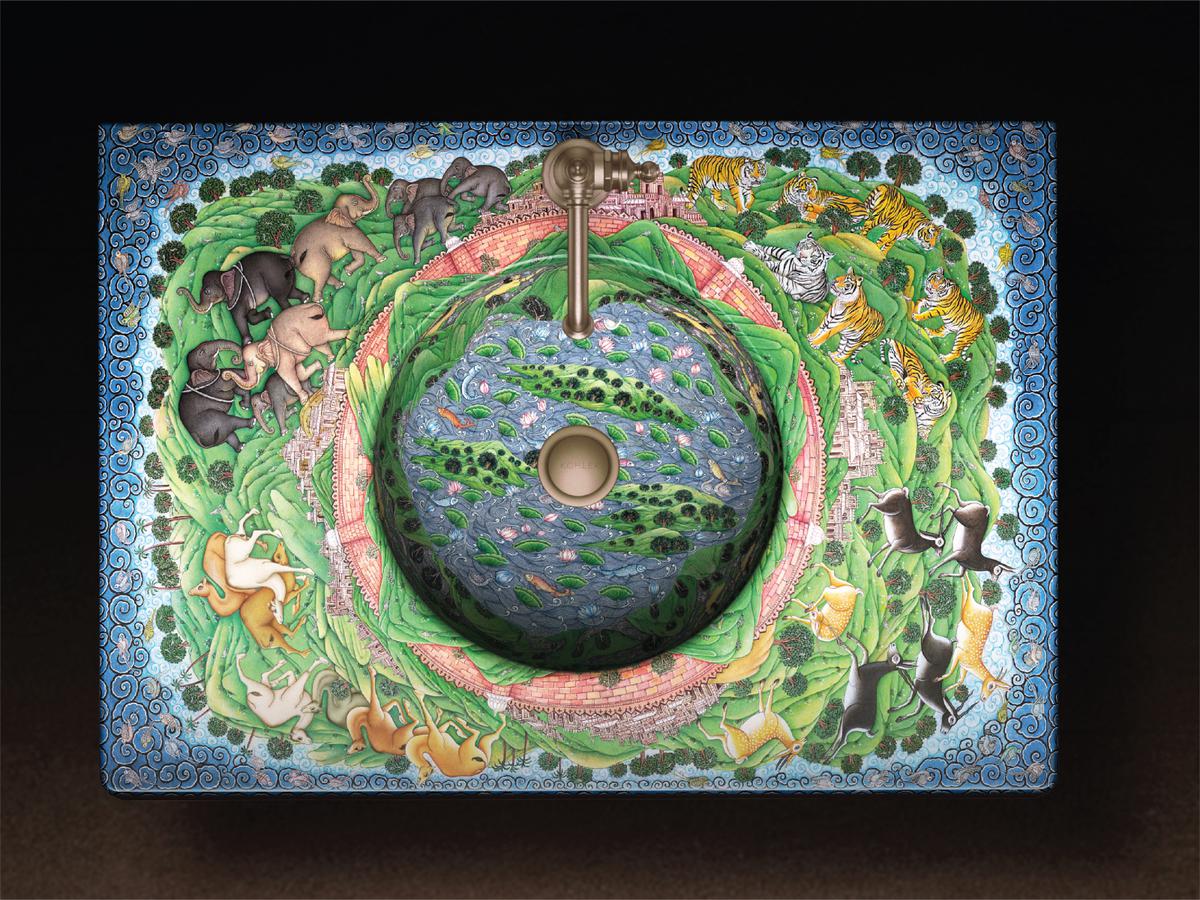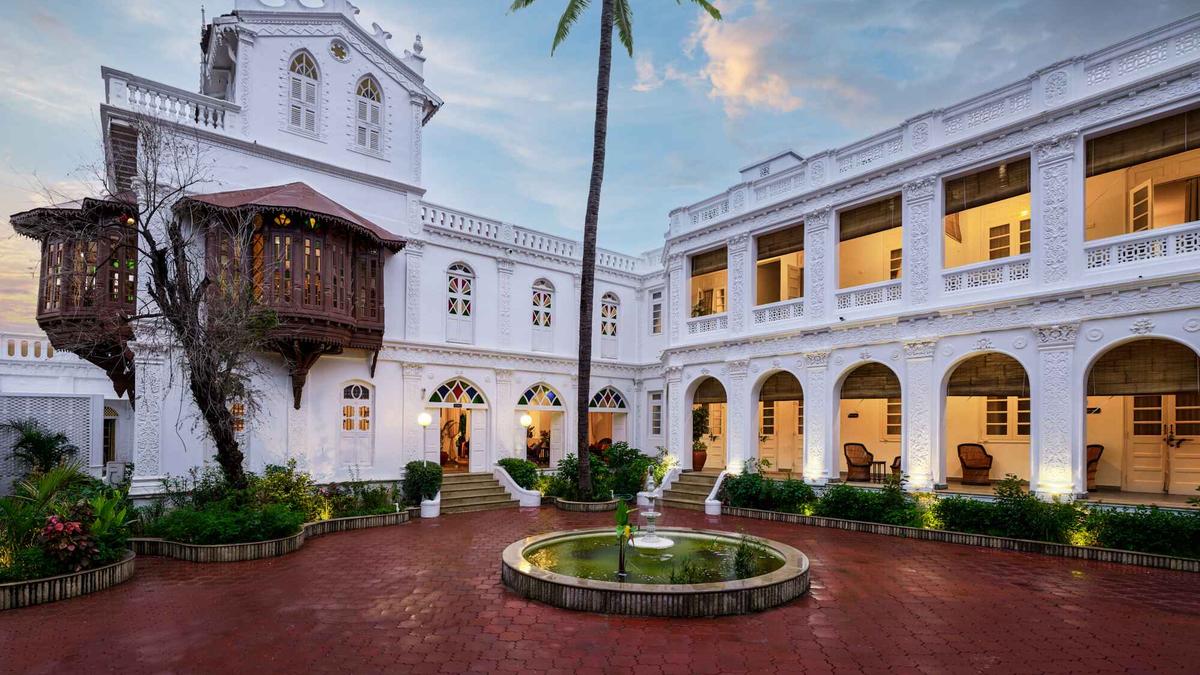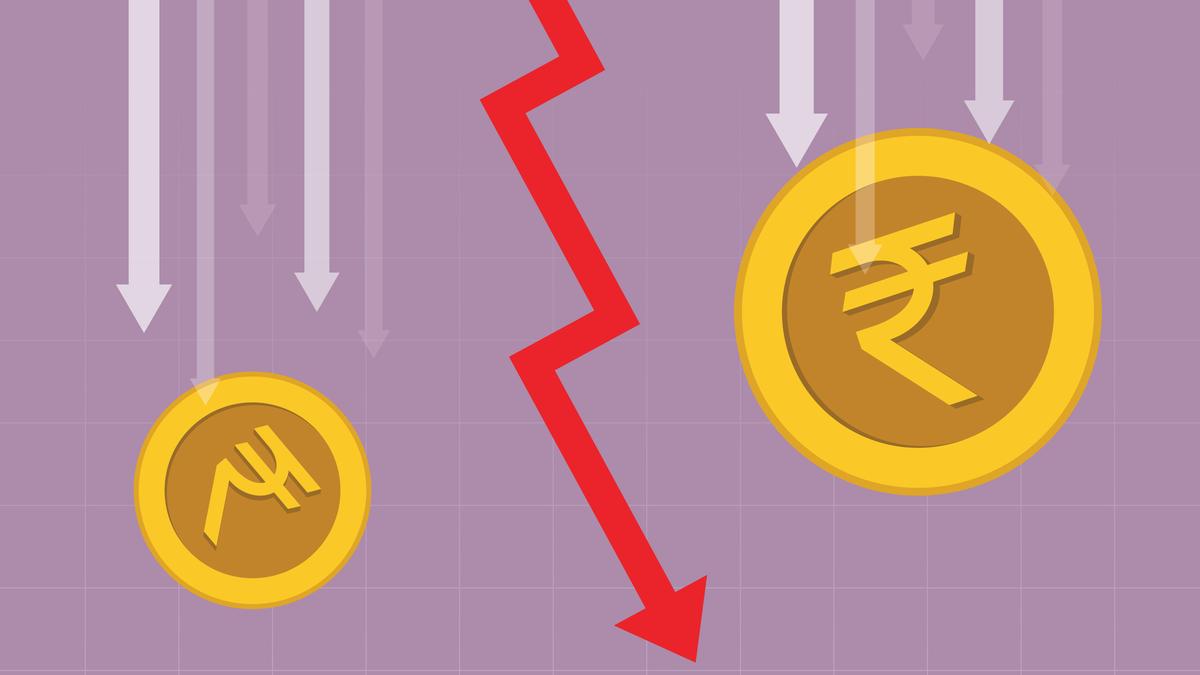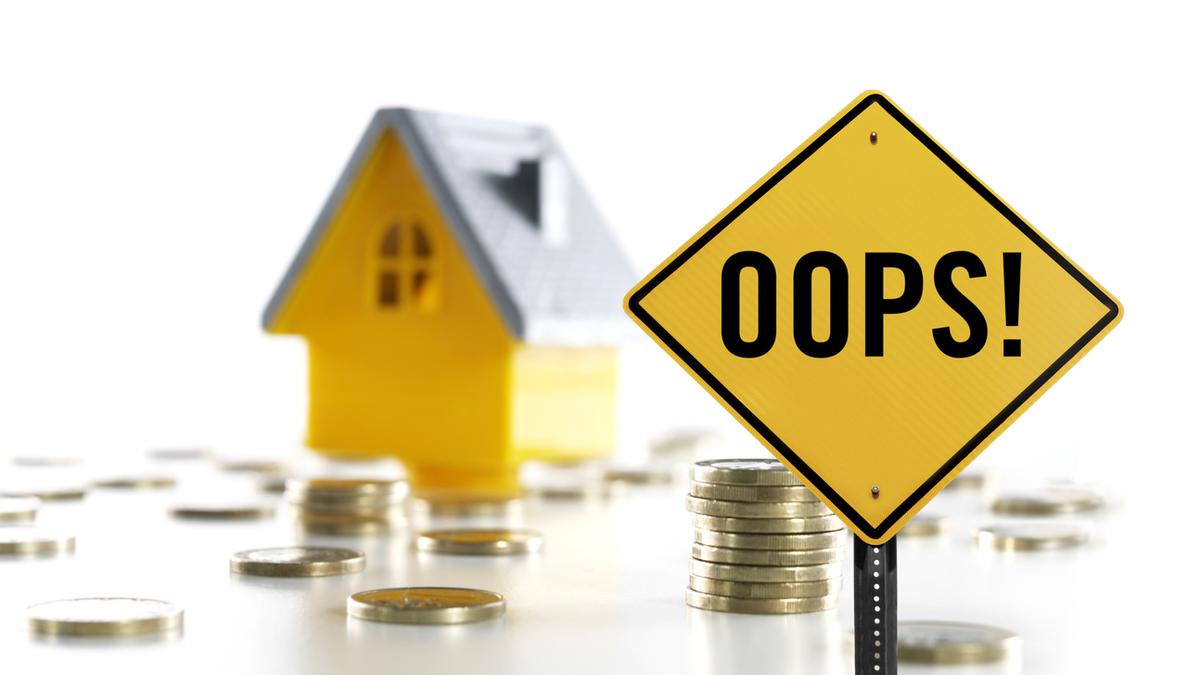Bruno Chenesseau, Kohler’s Director of Design for India, says there is a shift towards minimalist style
Bruno Chenesseau, Kohler’s Director of Design for India, says there is a shift towards minimalist style
The bathroom, where you begin and end your day, often in quiet contemplation, is seeing many changes. During the long months of lockdown and pandemic chaos (online work and school-related for many of us), it became a refuge for harried parents and employees. Some of us rediscovered the one-hour bath, while others now had a good excuse to upgrade to a digital shower or even a whirlpool bathtub. This is where Kohler comes in. The American kitchen and bath products brand, which turns 150 next year, is known for its stylish shower systems. But it has also been studying bath habits across the world and has discovered in India a growing interest in contemporary style. Bruno Chenesseau, the brand’s Director of Design for India and Europe, has been working at the Kohler Innovation Centre (KIC) in Gurugram, in partnership with engineers and designers, to respond to these specific needs of Indian users. A former furniture and product designer, Chenesseau has spent 21 years at Kohler. He tells us how surveys and his understanding of new behaviours and shifting cultures have influenced his design thinking:
What have been some of your learnings here, and how has this changed Kohler products for India?
In most Indian apartments, the installation happens in a linear way across one wall — the shower, the grooming space and the toilet. Aesthetically, there’s a deep connection between contemporary design in India and in Europe. In the US — and even China — aesthetic choices tend to be very conservative and interiors are traditional and classic. Importantly, in India, there’s a strong link with modernism. You have a bigger appetite for colours and expression. But the minimalist and contemporary style is something that you are craving for. In our work with local artists for our new products, we have developed graphics that embrace a futuristic outlook, yet embedded with Indian elements.
With the pandemic, there’s been an increased use of electronic and digital taps that are touch-free. Is that something you have brought in mainstream?
Not only my designers but also the marketing team surveyed and studied how much the pandemic changed people’s behaviour regarding this in the bathroom. In reality, not that much. If you talk about public areas, hotels, the airport — yes, definitely. There are the soap dispensers, air dryers, faucets, toilet lids that open and close automatically, yes. Where we have developed more on the sensor side is in the kitchen. But it’s a practical requirement.
Having been with Kohler for 21 years, what keeps you excited about design?
First of all, new countries — that’s a new adventure every time. I discover new behaviours, new people, new cultures. What’s also interesting is that bathroom design involves different materials and processes: from ceramic to cast iron to acrylic to particle boards to glass, mirrors and solid surfaces. Glass faucets, zinc faucets and now epoxy faucets. There’s a lot going on in one little space!
Are you saying that because of new technology and processes, you have new inventions for the bathroom?
Exactly. Any big change in the way of thinking about products or furniture is always linked with a new industrial process or new material — think foam inspired novel armchair shapes in the 1960s. In the ceramic industry, we earlier used thick ceramics. Now, you get super sharp ceramic, 6mm thickness.

A couple of decades ago people became very interested in doing up their kitchens, which revolutionised living spaces. It’s the same for bathrooms now?
It happened during the eighties, when the wall between the kitchen and the living room just disappeared and the kitchen became a space where you could entertain and drink while cooking. Likewise, if you remove the wall between your bathroom and your bedroom, you open up a room, where you can relax and do more than just clean your teeth! You stop thinking it’s a monolithic space where you spend 10 minutes in the morning and 10 minutes at night. Maybe you spend two hours over the weekend taking a bath, and that’s even better. This is a shift, a big change in the way you treat the bathroom space. Eventually, like in the 17th century when you used to show off your living room, you can now show your bathroom!

Jai Prakash at work.
Kohler’s artists editions are famous. Is the decorative range you are offering for India handmade?
When I started working for Kohler, the artists edition was based only out of the U.S. Over time, we have extended editions from Europe, Shanghai, Morocco and India. In India, we have two or three artists working on integrating Indian traditions. We launched a limited edition called QUILA where Padmashree-awardee artist Jai Prakash is involved. We use industrial processes, yes. But in reality, there is a lot of human intervention in a ceramic factory. Of what you see and buy, 50% has been touched several times by hand and manipulated by a craftsperson.

QUILA
How do you integrate sustainability into your product designs?
When the industry started, toilets used up to 19 litres per flush and now we are way down at 4 litres and 2.6 litres, with variable buttons. The new technology uses more air than water and reduces consumption by half. Designs for urinals without water are also there. We follow the objective by David Kohler towards zero carbon footprint. We have reduced consumption of gas, right up to how we stack pieces in the kiln. We also have an interesting program called Waste Lab where scrap is reused to create something nice.
Tech in the shower
Kohler developed the Moxie shower head that integrates a bluetooth speaker letting you listen to music while you shower.
Electric showers make water instantly warm as it passes through the elements. This is not available in India yet.
The writer is a brand strategist with a background in design from SAIC and NID.



.jpg)



